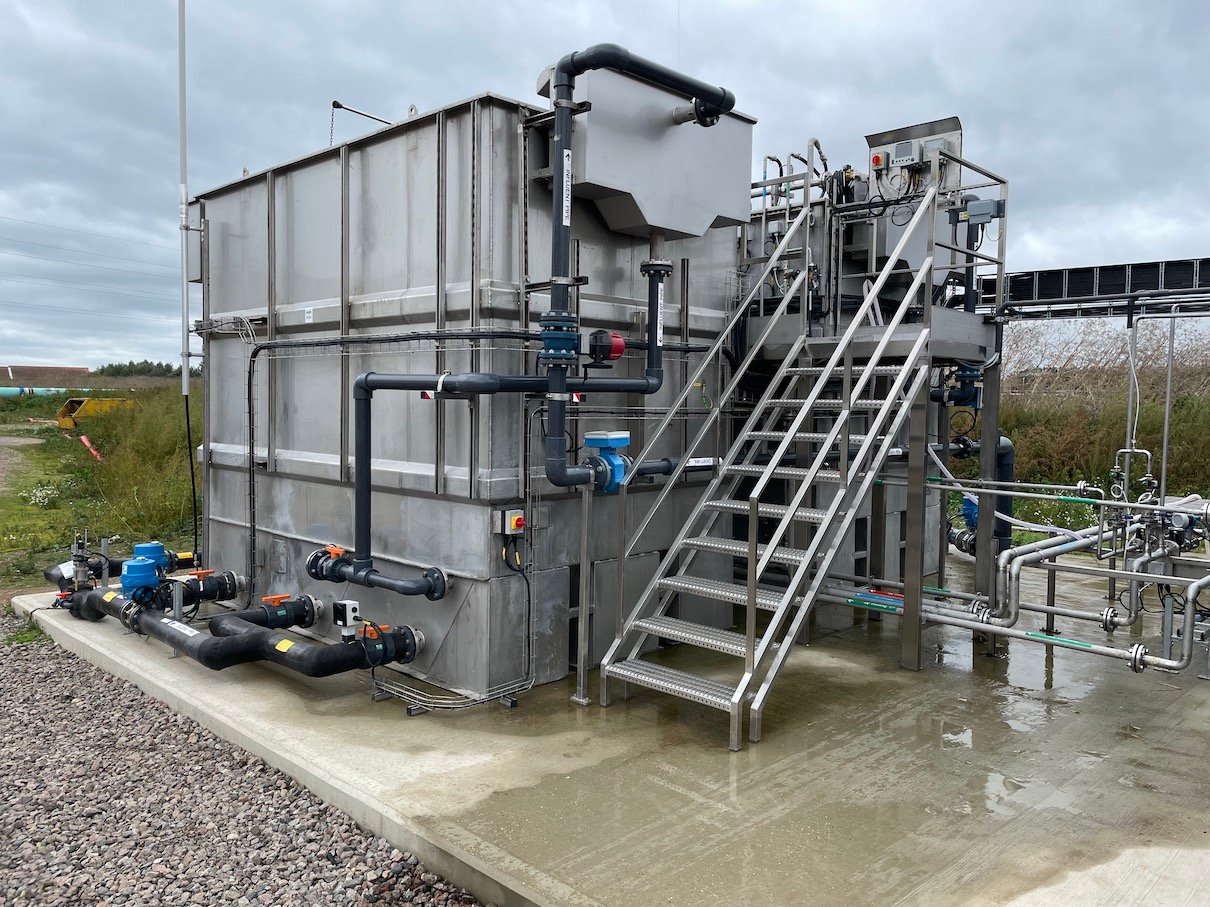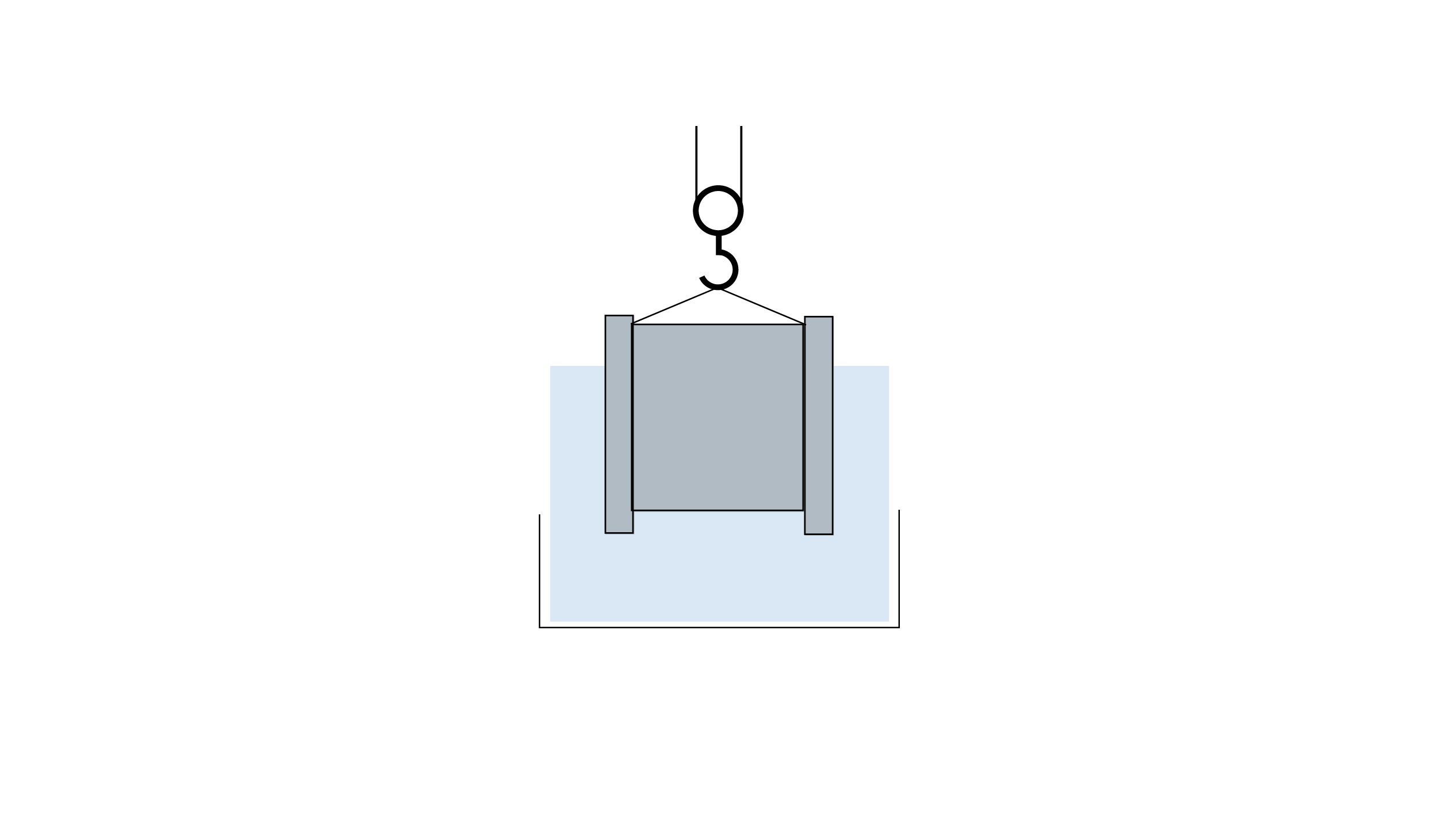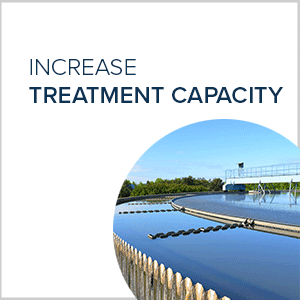Canadian Effluent Discharge Regulations to see Big changes in coming years
The National Pollutant Release Inventory is aspiring to change how Industries and Municipalities report their effluent discharge
Environment and Climate Change Canada (ECCC) is considering two changes to how facilities report releases of pollutants to water:
- Develop an effluent volume reporting threshold to determine if a facility must report releases of National Pollutant Release Inventory (NPRI) substances to water; and
- Add Biochemical Oxygen Demand (BOD), Chemical Oxygen Demand (COD) and Total Suspended Solids (TSS) to the list of substances to be reported to NPRI.
ECCC is proposing to replace the current NPRI reporting for facilities discharging to water with a volume discharge threshold. If a facility’s water releases are equal or greater than the volume discharge threshold, they will be required to report data on all the NPRI substances regardless of the substance mass or volume in the effluent, as well as BOD, COD and TSS.
Right now wastewater facilities with a discharge of greater than 10,000 cubic meters per day are required to report if they meet substance discharge thresholds. Facilities are also required that when a direct discharge to surface waters is reported, the average annual concentration (ppm) of the NPRI substance in the effluent to be reported and that if it is known that the substance is present, a concentration equivalent to half of the Maximum Detection Limit should be used.
Some drinking water facilities also report a select number of NPRI substances due to filter backwash activities, and the change to a volume based threshold may impact these reporting activities.
CWWA is participating in early consultations on this proposal and working with our technical committees to assess the impact on our members and formulate a response.






